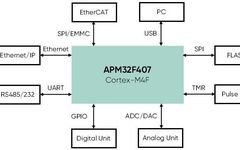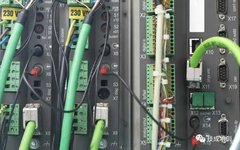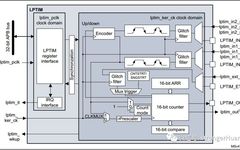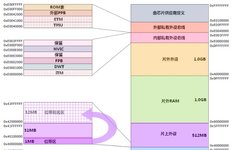Comprehensive Practical Tutorial on 51 Microcontroller
Course Details: This course mainly introduces the process, methods, techniques, and design concepts of 51 microcontroller application system development through typical examples, focusing on the system design of the 51 microcontroller, combining software and hardware in a simple and understandable manner. This book comprehensively explains various technologies in microcontroller development through 26 module examples, including … Read more









